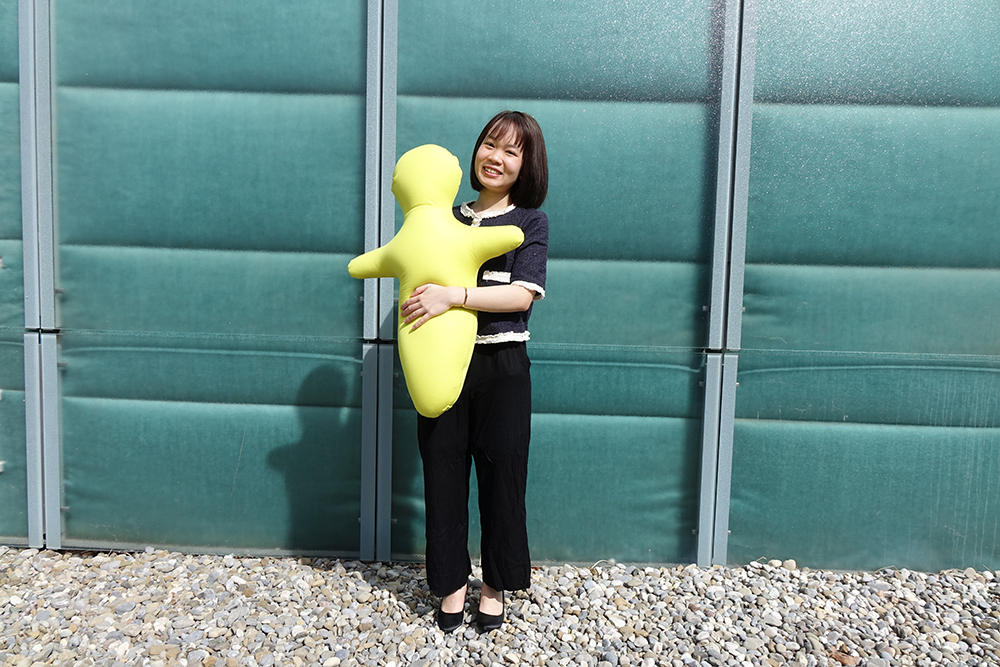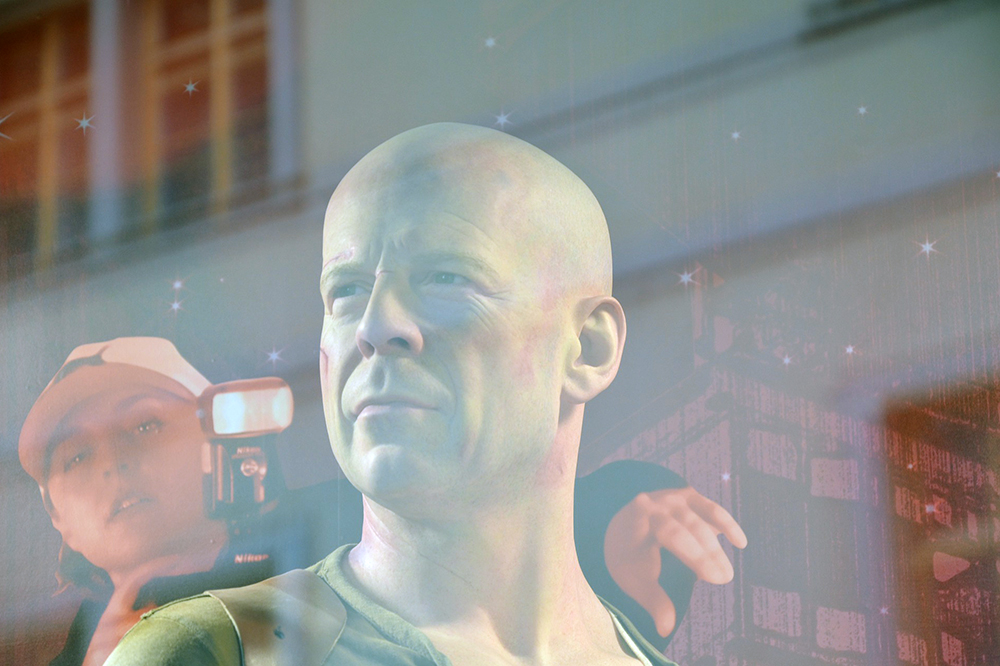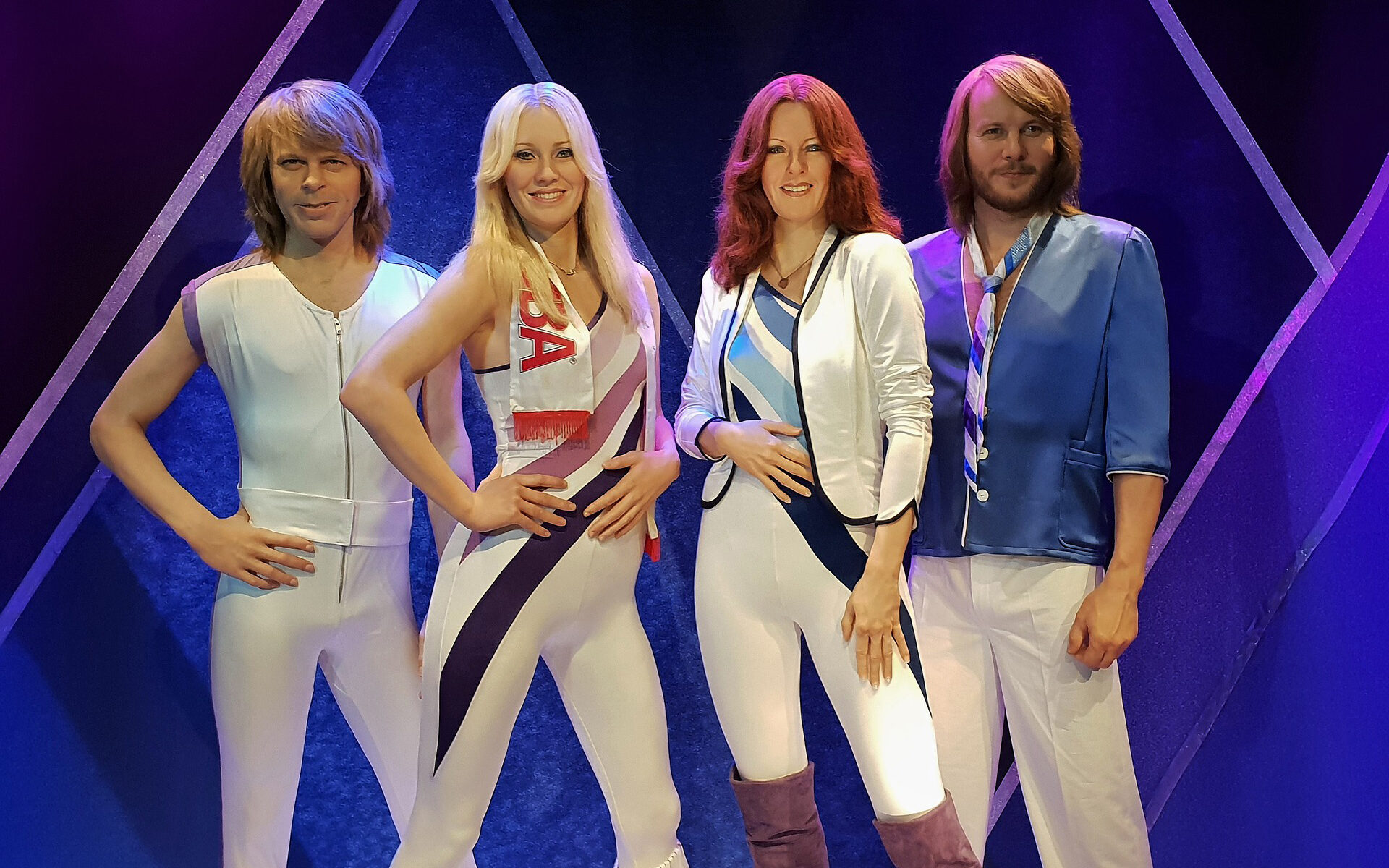On December 13th, 2022, the hybrid workshop “Realization of Avatar-Symbiotic Society” was held at the ICSR. It was organized by Dr. Takahiro Miyashita (ATR) and Prof. Dr. Takashi Yoshimi (Shibaura-IT). The description of the workshop was as follows: “This workshop aims at presenting the ongoing progress of the challenges on the Moonshot (MS) human-centered long-term R&D program. It will discuss by focusing on the goal 1 of the MS dealing with the future realization of an avatar-symbiotic society and cybernetic avatars (CAs). In the workshop, semi-autonomous tele-operated robots and CG agents are called CAs. The participants will discuss with speakers who are researchers related to CAs technology about the avatar-symbiotic society which enables to freely and actively participate in society for every person.” (Website ICSR) The first lecture entitled “Avatar and the future society” was given by Prof. Dr. Hiroshi Ishiguro (Osaka University). He introduced Erica, Telenoid, and Hugvie, among others. Hugvie is a technically expandable doll that can be hugged. He also introduced his “Avatar Infrastructure”: “Anyone, including the elderly and people with disabilities, will be able to freely participate in various activities with abilities beyond ordinary people while expanding their physical, cognitive, and perceptual abilities using a large number of CAs.” Prof. Dr. Oliver Bendel mentioned to Hiroshi Ishiguro that two of his former students, Nhi Tran Hoang Yen and Thang Hoang Vu from Ho Chi Minh City, interpreted his Hugvie as a female figure and designed a male figur (Gendering Hugvie) as part of a project on social robots. The roboticist from Osaka replied that his Hugvie doll had no gender, but noted the reception with interest. Other presentations with exciting discussions followed. More information on the conference via www.icsr2022.it.
Progress with the Starline Project
Google has given an update on its Starline project in a blog post dated October 11, 2022. With this system, two people can hold a video conference in which the respective conversation partner is displayed as a 3D projection – a quasi-hologram. A display based on light field technology is used for this purpose. Several high-resolution cameras film the participants in real time. The company describes this process in a very non-technical or poetic way: “The technology works like a magic window, where users can talk, gesture and make eye contact with another person, life-size and in three dimensions. It is made possible through major research advances across machine learning, computer vision, spatial audio and light field display systems.” (Company News, 11 October 2022) The company hopes to improve hybrid working with Starline. Indeed, quasi-holograms would be interesting not only for concerts, but also for companies that allow and encourage homeworking or that are highly networked and distributed.
Bruce Willis has a Digital Twin
According to the Telegraph, Bruce Willis “has become the first Hollywood star to sell his rights to allow a ‘digital twin’ of himself to be created for use on screen” (Telegraph, 28 September 2022). Instead of a digital twin, we can also speak of a new kind of avatar here. “Using deepfake technology, the actor appeared in a phone advert without ever being on set, after his face was digitally transplanted onto another performer.” (Telegraph, 28 September 2022) In a statement on the website of the responsible US firm Deepcake, Willis said: “I liked the precision of my character. It’s a great opportunity for me to go back in time. The neural network was trained on content of ‘Die Hard’ and ‘Fifth Element’, so my character is similar to the images of that time. With the advent of the modern technology, I could communicate, work and participate in filming, even being on another continent. It’s a brand new and interesting experience for me, and I grateful to our team.” (Website Deepcake) The actor will certainly find many imitators. The new avatars will soon be a natural part of advertising. Whether they will also be part of films has not yet been clarified. For most actors, including Bruce Willis, such a licensing would probably go too far.
The ABBAtars in London
ABBA are currently performing in London – but the four band members are being represented by their avatars. The ABBAtars, as they are called, appear very perfect. They have the facial expressions, gestures, and movements of the originals. Knowing how they look today, you think they fell into the fountain of youth. They look like they did in the ’70s. You see every detail of the faces, bodies, and suits and dresses. And they appear three-dimensional. You could call them quasi- or pseudo-holograms. The band has been performing their songs for weeks. Systems captured their movements when they danced and their emotions when they sang. Most of all, motion capture was used. The four wore special full-body suits with markers attached to them. In addition, facial expressions were recorded, mainly to be able to show emotions. 160 cameras filmed Agnetha, Björn, Anni-Frid, and Benny from all sides. The faces were then digitally rejuvenated – and apparently also the bodies. ABBA is probably writing cultural history with this project. The avatars and their movements are unusually perfect. In addition, there are real people, a live band playing with the four ABBAtars. The show is very elaborate. It is a new business model – in principle, you can give several concerts a day, 365 days a year. At least if you leave out the live band. On Deutschlandfunk Kultur, early in the morning of May 27, 2022, moderator Dieter Kassel spoke with Prof. Dr. Oliver Bendel about the ABBA show Voyage in London and the ABBAtars. Oliver Bendel published the chapter “Hologram Girl” in the 2019 Springer book “AI Love You“.



